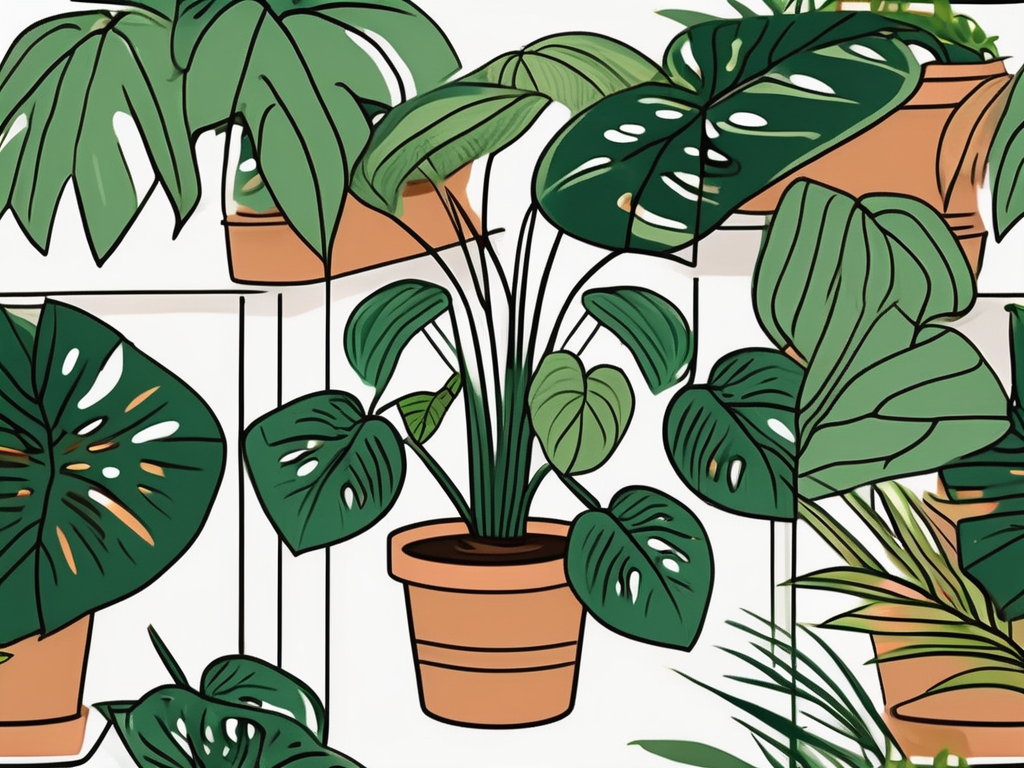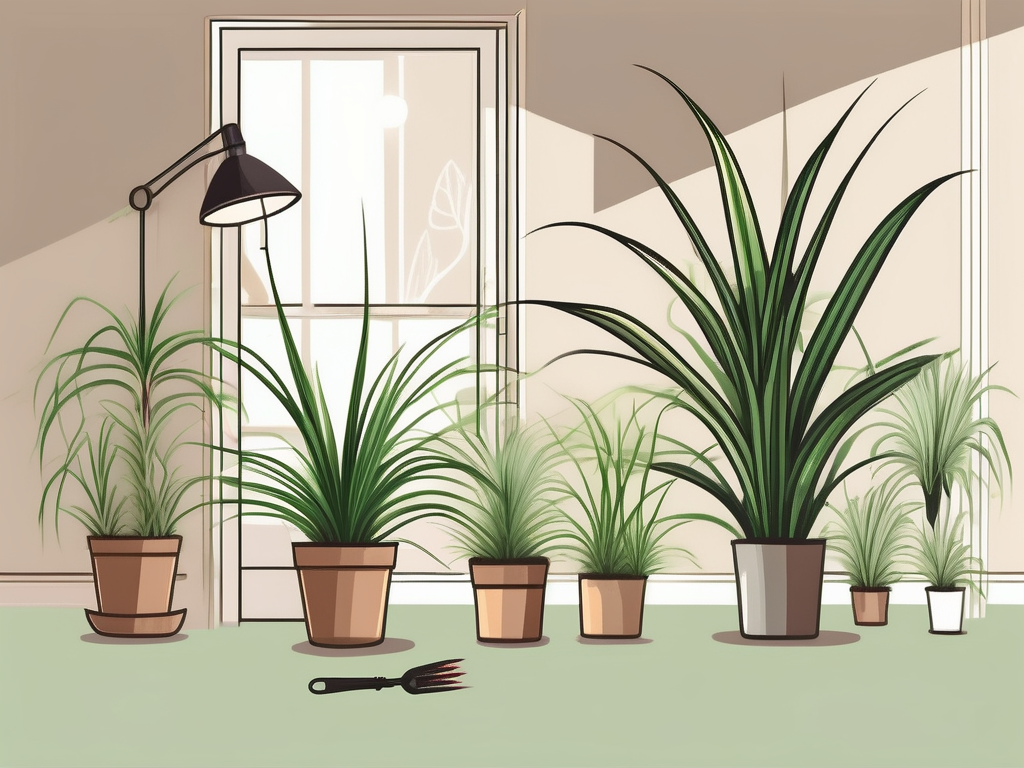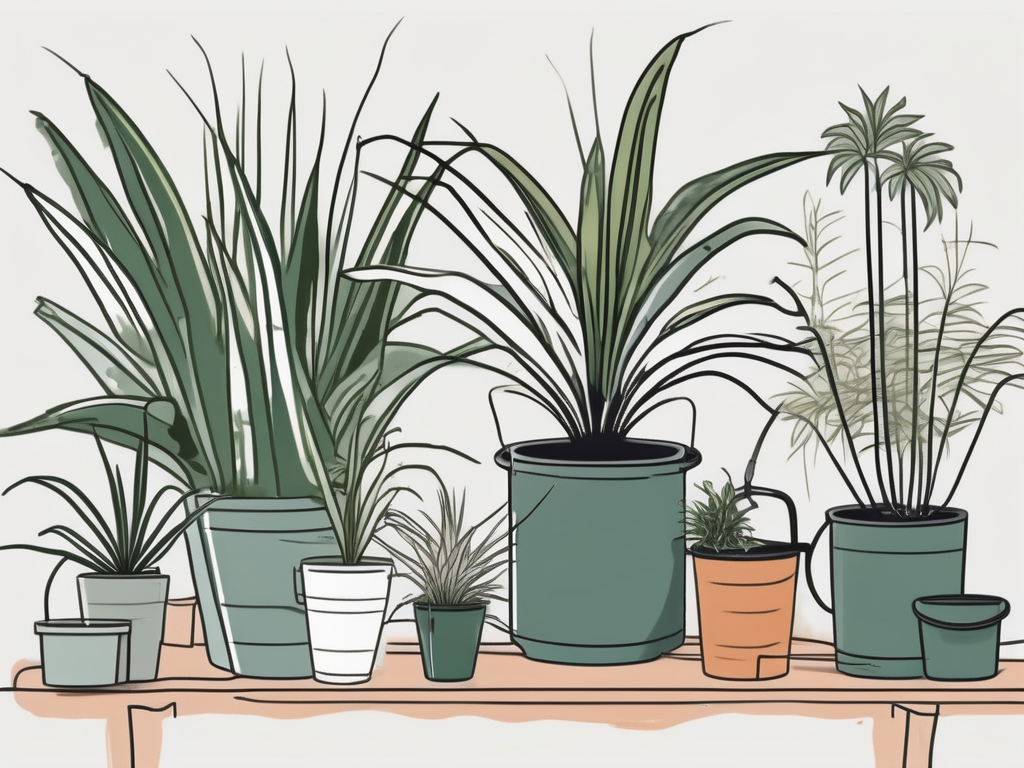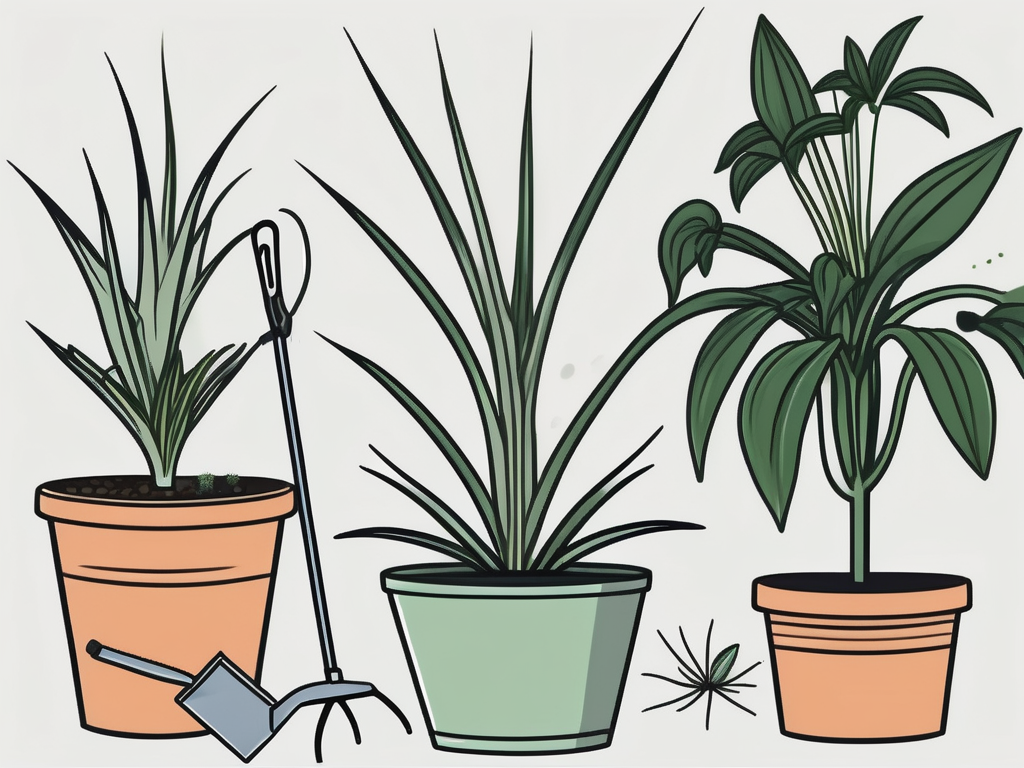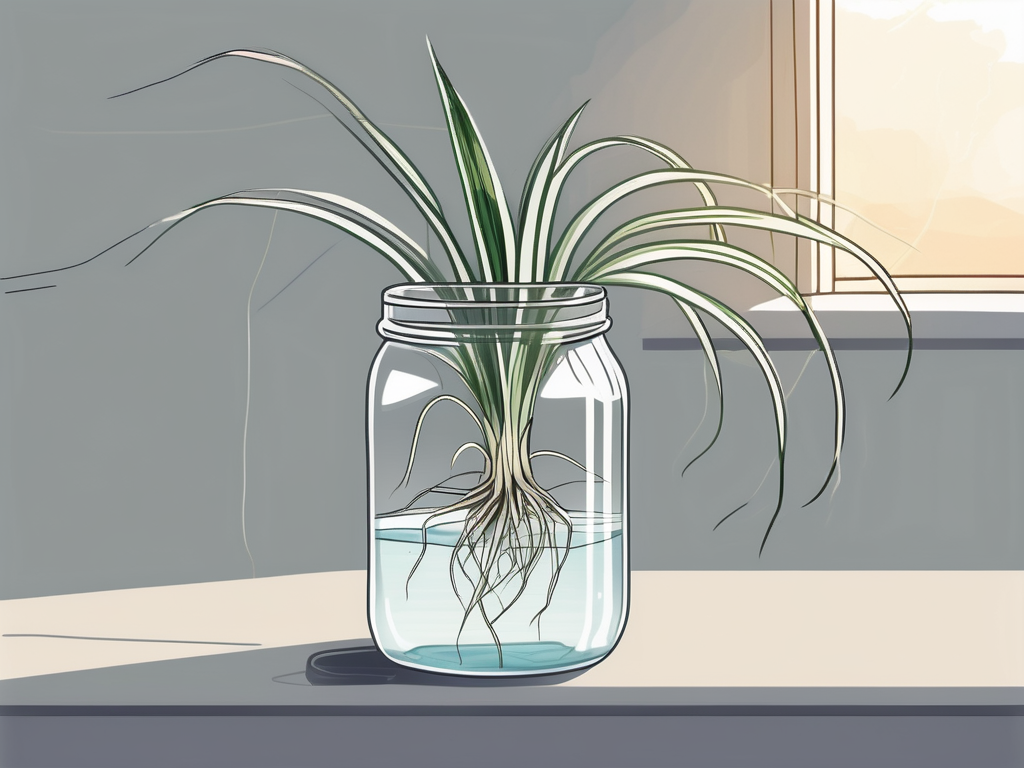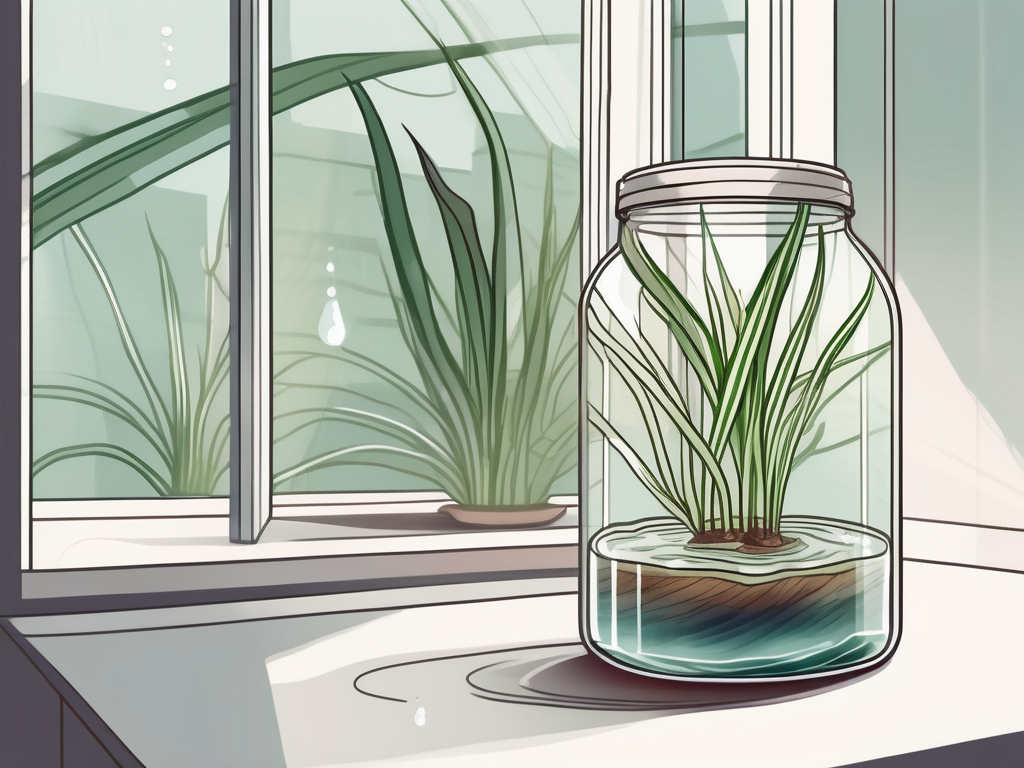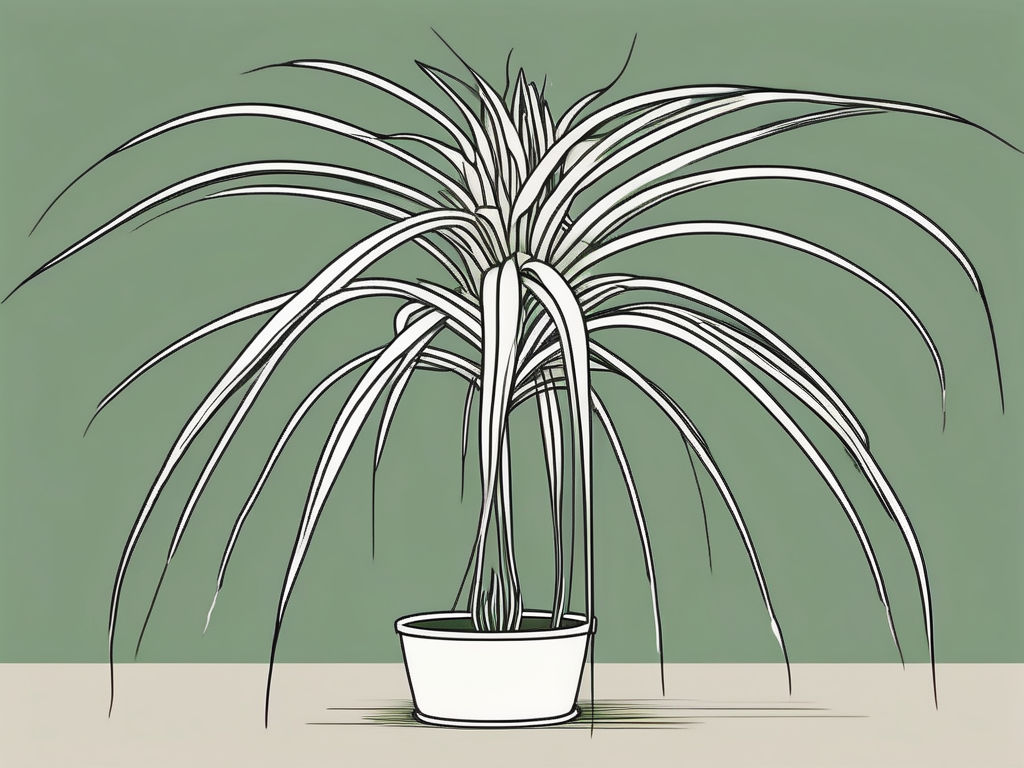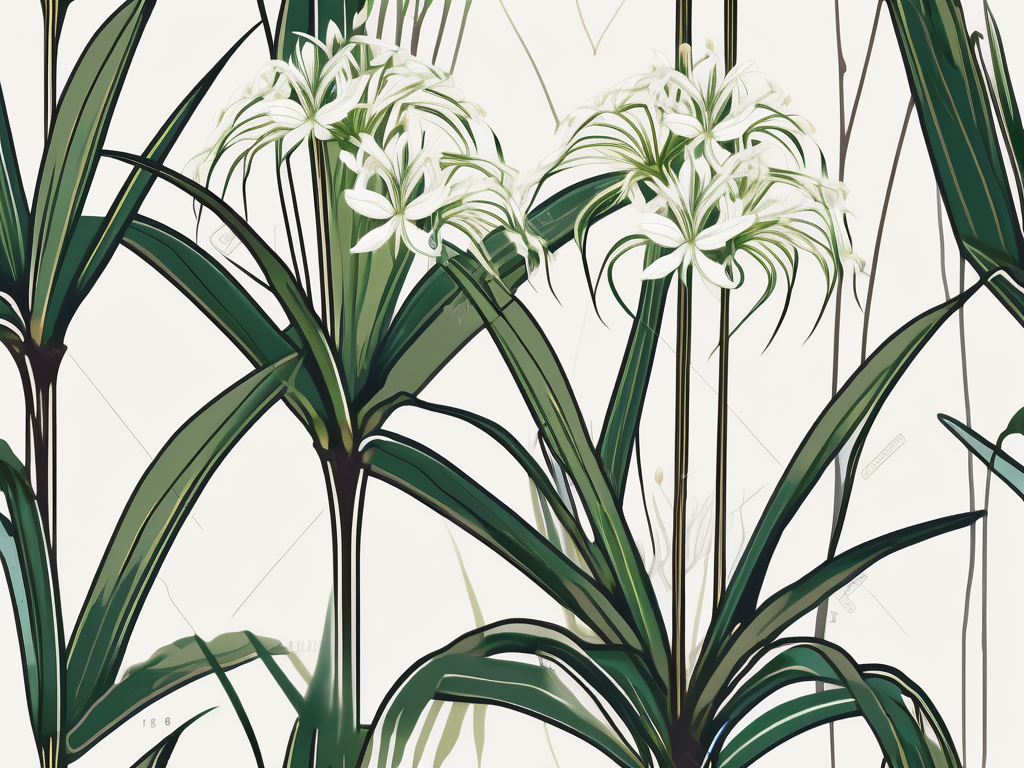
The Hawaiian Spider Plant Flower is a true spectacle for plant lovers, with its graceful appearance and delicate charm. This captivating bloom isn't just about aesthetics, though—it represents a unique aspect of the plant world that combines beauty with a touch of mystery. The flower’s allure is undeniable, drawing attention with its subtle elegance.
In this article, we’ll take a closer look at the Hawaiian Spider Plant Flower, from its origins and characteristics to how you can incorporate it into your home decor. We'll also touch on the care and maintenance needed to keep this plant thriving, along with some personal tips and experiences to make your journey as a plant parent a little smoother.
Origins and Characteristics of the Hawaiian Spider Plant
The Hawaiian Spider Plant, also known as Chlorophytum comosum, is a popular houseplant beloved for its striking foliage and relatively easy care. While its name might suggest a specific connection to Hawaii, the plant actually hails from South Africa. It's gained its "Hawaiian" moniker due to the lush, tropical feel it brings to any space.
This plant is characterized by its long, arching leaves that are usually green with white or yellow stripes. These leaves resemble spider legs, hence the name. But what truly steals the show is when the plant blooms. The flowers are small, white, and star-shaped, adding a delicate touch to its overall appearance. While they might not be as dramatic as some other houseplant flowers, their understated beauty is part of the charm.
Interestingly enough, these flowers are not just for show. They eventually give way to small plantlets, or "babies," that dangle gracefully from the mother plant, making it easy to propagate and share with friends. This feature makes the Hawaiian Spider Plant an ideal choice for budding plant parents and seasoned collectors alike.
Caring for Your Hawaiian Spider Plant
Taking care of a Hawaiian Spider Plant is relatively straightforward, making it a great option for beginners. However, like any living thing, it has its preferences. Here are some tips to keep your plant looking its best:
- Light: These plants prefer bright, indirect light. Too much direct sunlight can scorch the leaves, while too little can slow growth. A spot near a window with filtered light is ideal.
- Water: Water your plant when the top inch of soil feels dry to the touch. Be careful not to overwater, as this can lead to root rot. It's better to err on the side of underwatering.
- Humidity: Spider plants are tolerant of average household humidity, but they do appreciate a little extra moisture in the air. Consider misting them occasionally or placing a humidifier nearby.
- Temperature: These plants thrive in temperatures between 65°F and 75°F. They don't cope well with cold drafts, so keep them away from open windows in the winter.
- Fertilizer: Feed your plant every 4-6 weeks during the growing season with a balanced, water-soluble fertilizer. Reduce feeding in the fall and winter when growth slows down.
By following these basic guidelines, you can ensure that your Hawaiian Spider Plant remains healthy and vibrant, rewarding you with its charming flowers and abundant foliage.
Dealing with Common Pests and Problems
Even the hardiest plants can encounter pests and problems, and the Hawaiian Spider Plant is no exception. The most common issues include spider mites, aphids, and mealybugs. Fortunately, these pests are generally easy to manage with a few simple strategies.
First, keep an eye out for any signs of trouble. Yellowing leaves, sticky residue, or tiny webs can all indicate a pest problem. If you notice any of these symptoms, start by isolating the affected plant to prevent the pests from spreading to your other plants.
Next, you can try washing the plant with a gentle stream of water to dislodge any pests. For more stubborn infestations, a solution of water and mild dish soap can work wonders. Apply it with a spray bottle, making sure to cover both the tops and undersides of the leaves. Rinse the plant thoroughly after a few hours to avoid any soap residue.
In terms of plant health, overwatering is a common issue for spider plants. If you notice your plant's leaves turning brown or mushy, you might be giving it too much water. Adjust your watering schedule and ensure your plant’s pot has good drainage to help it recover.
While it's hard to say for sure why some plants are more prone to problems than others, keeping a regular eye on your Hawaiian Spider Plant and maintaining good care practices can go a long way in keeping it pest-free and thriving.
Choosing the Right Pot and Soil
The choice of pot and soil can make a significant difference in the health of your Hawaiian Spider Plant. The right combination ensures proper drainage and room for the plant’s roots to expand.
When selecting a pot, consider the following:
- Material: Terracotta pots are a popular choice because they allow for good airflow and moisture evaporation. However, they can dry out quickly, so monitor your watering closely. Plastic or glazed ceramic pots retain moisture better, which can be beneficial if your home is on the drier side.
- Size: Choose a pot that is 1-2 inches larger in diameter than the plant's root ball. This gives the roots room to grow without being too large, which can lead to water retention issues.
- Drainage: Ensure your pot has drainage holes to prevent water from pooling at the bottom. If your chosen pot doesn't have holes, consider using it as a decorative outer pot with a smaller, drainage-friendly pot inside.
As for soil, a well-draining potting mix is crucial. A standard houseplant potting mix often works well, but you can improve drainage by adding perlite or sand. This helps prevent root rot and keeps the plant’s roots healthy.
By giving a little thought to pot and soil selection, you set the stage for your Hawaiian Spider Plant to grow and flourish, showing off its beautiful leaves and flowers.
Incorporating Hawaiian Spider Plants into Your Home Decor
Adding a Hawaiian Spider Plant to your home isn’t just about having a beautiful plant—it's about creating an atmosphere that feels welcoming and vibrant. These plants are incredibly versatile and can fit into a variety of decor styles, from modern minimalism to cozy boho vibes.
Here are some ideas to incorporate them into your home:
- Hanging Baskets: The trailing nature of the Hawaiian Spider Plant makes it perfect for hanging baskets. Hang them in a sunny corner to add a touch of greenery and life to the space.
- Plant Stands: Elevate your plant on a decorative stand to make it a focal point in a room. This works especially well in living rooms or entryways.
- Grouping: Pair your spider plant with other houseplants to create a lush, mini indoor garden. The contrasting leaf shapes and colors can create visual interest and depth.
- Kitchen or Bathroom: These plants can thrive in the humidity often found in kitchens and bathrooms, making them ideal for adding a bit of nature to these spaces.
Whether you prefer a single statement plant or a collection of greenery, Hawaiian Spider Plants can be a beautiful and adaptable addition to your home decor. Their unique flowers add an extra element of charm that can brighten any room.
Propagating Your Hawaiian Spider Plant
One of the joys of owning a Hawaiian Spider Plant is how easily it can be propagated. The plantlets that dangle from the mother plant are ready-made new plants just waiting to grow. Propagation is not only a fun project but also a wonderful way to share your love of plants with friends and family.
Here's a step-by-step guide to propagating your plant:
- Identify Healthy Plantlets: Look for plantlets with a few leaves and small roots. They should be healthy and vibrant for successful propagation.
- Prepare the Pot: Choose a small pot with drainage holes and fill it with a well-draining potting mix. Lightly moisten the soil before planting.
- Separate the Plantlet: Gently separate the plantlet from the mother plant using clean scissors or a sharp knife. Be careful not to damage the roots.
- Plant the Plantlet: Place the plantlet in the prepared pot, ensuring the roots are covered with soil. Firmly press the soil around the base to secure it.
- Water and Care: Water the newly potted plantlet lightly and place it in a spot with bright, indirect light. Keep the soil slightly moist as it establishes itself.
Within a few weeks, you'll notice new growth, signaling that the plantlet has successfully taken root. And just like that, you've created a new Hawaiian Spider Plant to enjoy or share!
The Unique Appeal of the Hawaiian Spider Plant Flower
While the foliage of the Hawaiian Spider Plant is undoubtedly attractive, its flowers offer a unique appeal that sets it apart from other houseplants. These small, star-shaped blossoms appear intermittently and add a subtle, yet captivating, element to the plant's overall look.
The flowers usually appear on long, slender stems that arch gracefully from the main plant. They are often white, though they can have a slight greenish tint. While they might not be the first thing you notice about the plant, upon closer inspection, their delicate beauty is sure to impress.
These flowers aren't just for show; they play a crucial role in the plant's life cycle. After the flowering period, they give way to the plantlets, providing an opportunity for propagation. This cycle of blooming and growth adds a dynamic element to the plant, making it continually interesting to care for.
For those who appreciate subtlety and elegance in their houseplants, the Hawaiian Spider Plant Flower is a perfect choice. It offers a little something extra that can surprise and delight, even after months of ownership.
Creating a Plant-Filled Space with Hawaiian Spider Plants
Creating a space that feels alive and vibrant often involves incorporating plants, and the Hawaiian Spider Plant is a fantastic option for this purpose. Its easygoing nature and aesthetic appeal make it an excellent choice for plant lovers looking to transform their homes.
Consider these ideas for integrating the plant into your space:
- Window Sills: Place your plant on a window sill where it can bask in indirect sunlight. The cascading leaves can create a beautiful silhouette against the light.
- Bookshelves: Tuck a small spider plant into the empty space on a bookshelf. It adds a touch of greenery and can help soften the lines of a room.
- Workspaces: Having a plant on your desk or in your home office can improve air quality and boost your mood. The Hawaiian Spider Plant's low maintenance makes it ideal for this setting.
- Dining Rooms: Use a spider plant as a centerpiece on your dining table for a fresh, natural element that works well with many decor styles.
No matter where you choose to place your Hawaiian Spider Plant, its presence can bring a sense of tranquility and joy. It's a small reminder of nature's beauty and resilience, right in the comfort of your home.
Final Thoughts
The Hawaiian Spider Plant Flower is a lovely addition to any plant collection, offering beauty and ease of care. From its origins to its care requirements, this plant provides plenty of reasons to be cherished in homes around the world. Whether you're drawn to its striking foliage or the charming flowers, the Hawaiian Spider Plant is sure to bring a touch of nature's elegance to your space.
At Cafe Planta, we're passionate about sharing our love for houseplants with you. We offer a variety of plants, plant care accessories, and even plant-themed apparel for those who want to wear their love of greenery on their sleeve. If you have any questions or need advice about your plants, don't hesitate to email us or send a message on our Instagram. We're here to help you grow your plant family and create a beautiful, thriving home.















